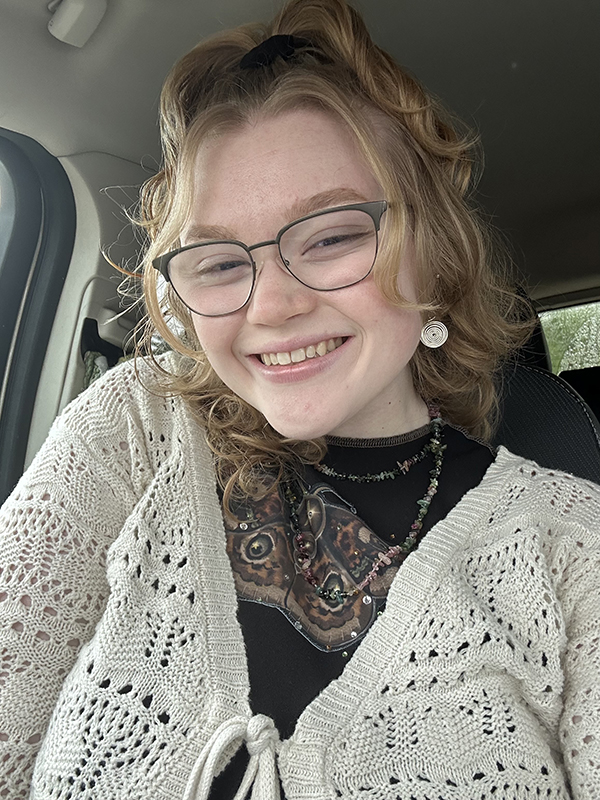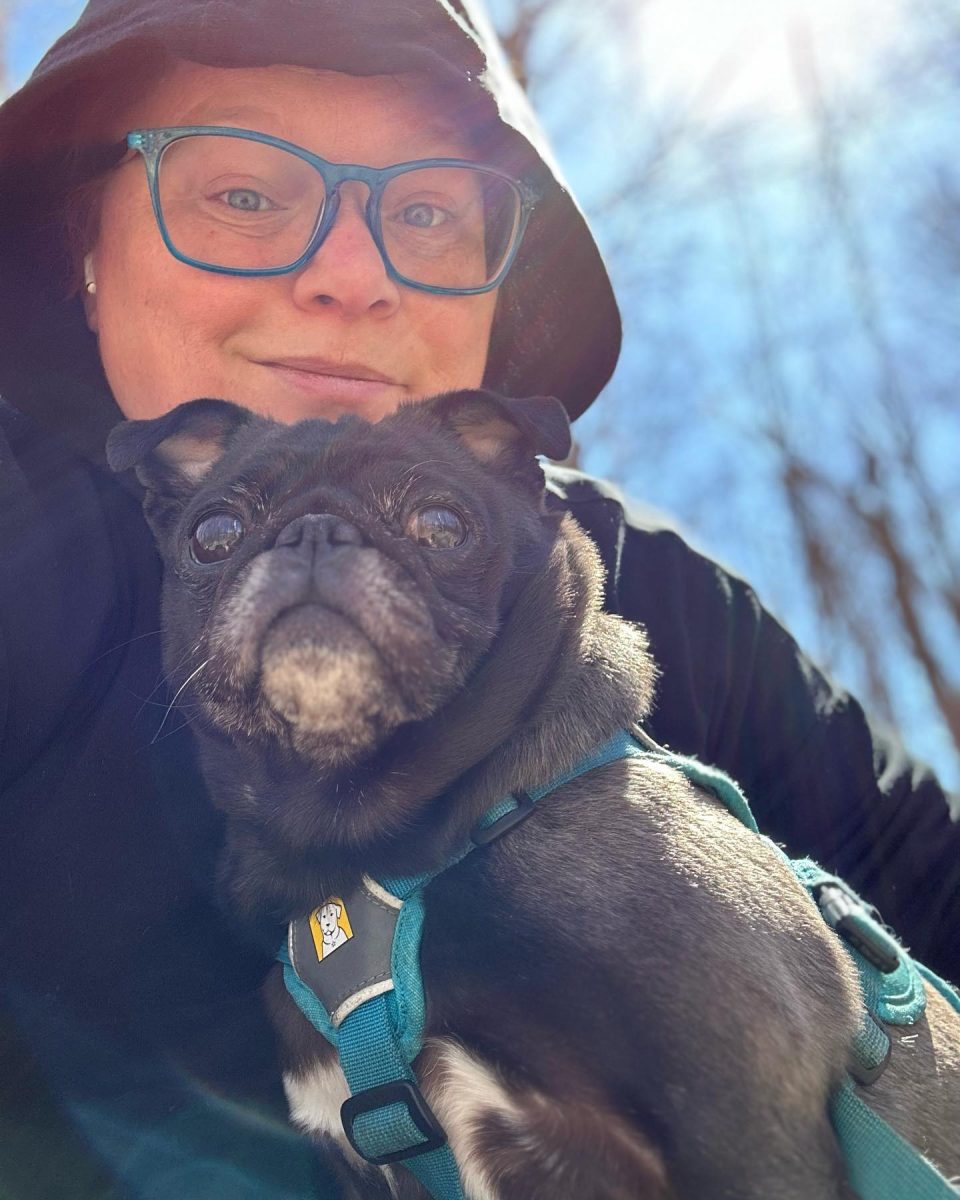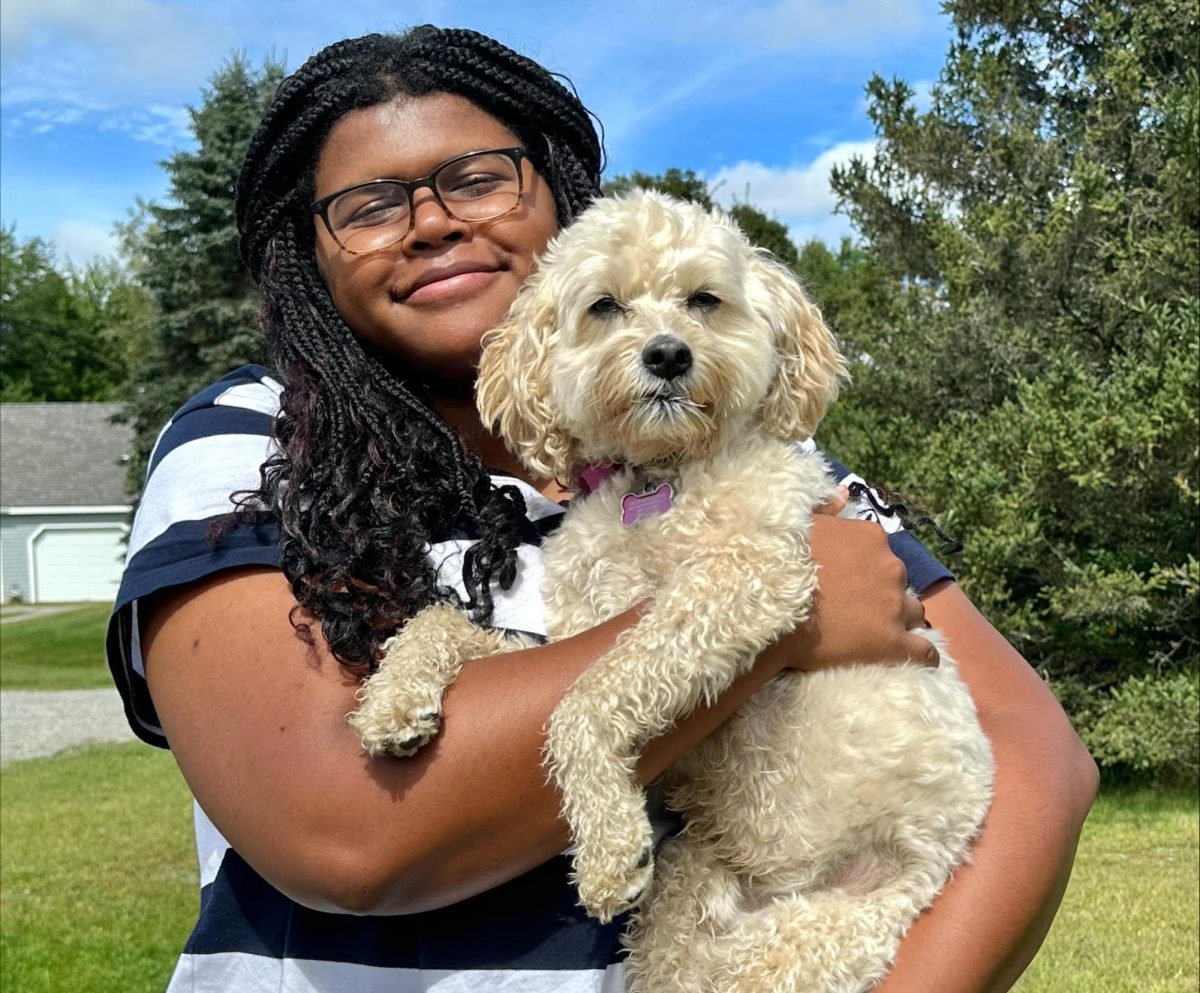When I set out for California State University, Monterey Bay from Hyde Park, Vt., in August 2010 as part of a student exchange program, I hardly knew where I was going.
The school’s website had surprisingly few photos of the campus. Instead it favored pictures of past trips to Yosemite National Park, students watching whales breach the surface of the Pacific, and the sun setting on the nearby beach.
A few photos of the ultra-modern library or the generic classrooms came up, but combing through the website for glimpses of the dorms and dining hall was like a scavenger hunt.
The pictures that did appear featured clean-lined beige and red buildings resembling condos rising from behind groups of laughing students and dwarfed by vast blue skies.
This was not disconcerting, but intriguing. A campus only fifteen minutes from a beach with such unique buildings and beautiful skies must offer fun and recreation, right?
Wrong.
Comprised largely of a cluster of converted airplane hangars and officers’ quarters on the closed military base of Fort Ord, CSUMB’s campus was not the breezy wealth of fun I’d imagined. Everything was clean lines and dull beige paint. A few pops of red and orange, both on the buildings and the rigid grass-like plants that wrestled up through the sandy ground, attempted to bring life to the campus, but the 1,387 acres of mostly unused buildings adorned by chipped paint, smashed windows and, occasionally, bullet holes inspired just one question: Have I made a huge mistake?
I can now answer wholeheartedly: Absolutely not. What Seaside, Calif., lacked in beauty, it more than made up for in stories.
On my fifth day in California, I walked to the beach that was the star of CSUMB’s website.
While the website was truthful about the distance – just a fifteen minute walk from campus to the ocean – it neglected to give any details about the walk itself.
The 15-minute trek took me down little-used roads with no sidewalks, lined on one side by more abandoned buildings. The windows were shattered and sometimes small lights would flicker inside as dusk approached, as if someone had lit a candle or a fire.
Reaching the beach felt like a small victory. When I made it to the beach that first time, a woman walking with her husband stopped me and said, “You came here alone? That’s awfully brave.” Those words returned to me periodically throughout my four months at CSUMB.
I did feel brave, and by being brave and not letting myself be deterred by shock and disappointment, I was able to find real magic in the lackluster campus. I made good friends – two of whom I still speak to regularly – and went on increasingly amazing adventures. Two weeks into the semester, I was sipping a chocolate raspberry milkshake in San Francisco at 10 p.m. while navigating the Tenderloin with my friends to get back to our hostel. A few weeks after that, I wandered through the Japanese Friendship Garden in San Jose. I spent a gorgeous November weekend hiking in Yosemite National Park and stood a mere four feet away from a baffled coyote.
I walked down Cannery Row and got to breathe the same air as literary greats like John Steinbeck and Jack Kerouac. Going to CSUMB on exchange allowed me to achieve some of my personal dreams inspired by my favorite musician: I saw the overwhelming views of Big Sur and walked through the cemeteries of Colma. I had adventures that would never have been available to me if I hadn’t left Johnson State College
It wasn’t all perfect, of course. At times I was baffled by the California culture and felt sick from how desperately I wanted to be back home, but it was all worth it. I couldn’t wish for a better experience, and I urge all students to consider exchange as part of their academic careers. The unique opportunities offered and experiences gained while studying at a different campus are too great to miss
Sara Kinerson, the exchange coordinator at Johnson State College, agrees. “[Exchange] provides many things for many people,” she says. “For some, it serves as a first travel experience. For others, it is an extension of JSC’s academic programs in which students can complement their major coursework. For all, it provides a window into what life is like somewhere else and how one experiences a different culture.”
Culture can be a huge part of the exchange experience. In the middle of my semester at California State University, Monterey Bay, the exchange students and a few CSUMB students gathered for an international dinner that we organized ourselves. At this dinner, everyone prepared a dish from their culture, whether they were from another country or just celebrating their heritage. Most of our exchange group events were organized by us, the members of the exchange, without the help of CSUMB’s exchange coordinator.
It’s important to take that sort of initiative while on exchange. “The qualities of a good candidate for exchange are resourcefulness, self-advocacy skills, openness to new experiences, previous travel experience (or a strong desire to travel), academic strength, flexibility, and willingness to seek help when needed,” says Kinerson. Without these qualities, a student might hole up in their dorm room and languish.
The most common exchange problem Kinerson has come across is homesickness, but that shouldn’t be a deterrent. Though I felt homesick intermittently throughout my time in California, I filled up my free time with friends and trips. Keeping myself busy allowed me to flourish despite my longing for Vermont.
The experience of overcoming homesickness and growing personally seems to be normal for students on exchange, according to Kinerson. “Students indicated feeling braver, a greater sense of independence, more prepared to ‘face the world’ outside of JSC, and… tremendous growth from the experience,” she says. “Even those who had the greatest difficulties are glad they did it.”
Kinerson believes the benefits of going on exchange far outweigh the downfalls. “We’ve had students’ life paths guided by experiences they had on exchange,” she says. “Career paths have been set in motion, love has been found, and the truest of friendships made. And for those who haven’t happened to find any of these things on exchange, it’s still provided a mind-expanding experience that is undeniable.”
With outcomes like those to look forward to, going on exchange is well worth the potential stresses of the experiences. Any interested students should visit Sara Kinerson or assistant exchange coordinator Lizi Lyon in the Advising & Career Center in Dewey Hall to get more information. Though the deadline for this year has passed, Kinerson says, “There are still opportunities available and if students are interested in participating next year they should come see us.”
I wholeheartedly recommend exchange to all students. The experience is invaluable. Getting away from my lifelong home in Hyde Park changed me for the better.






